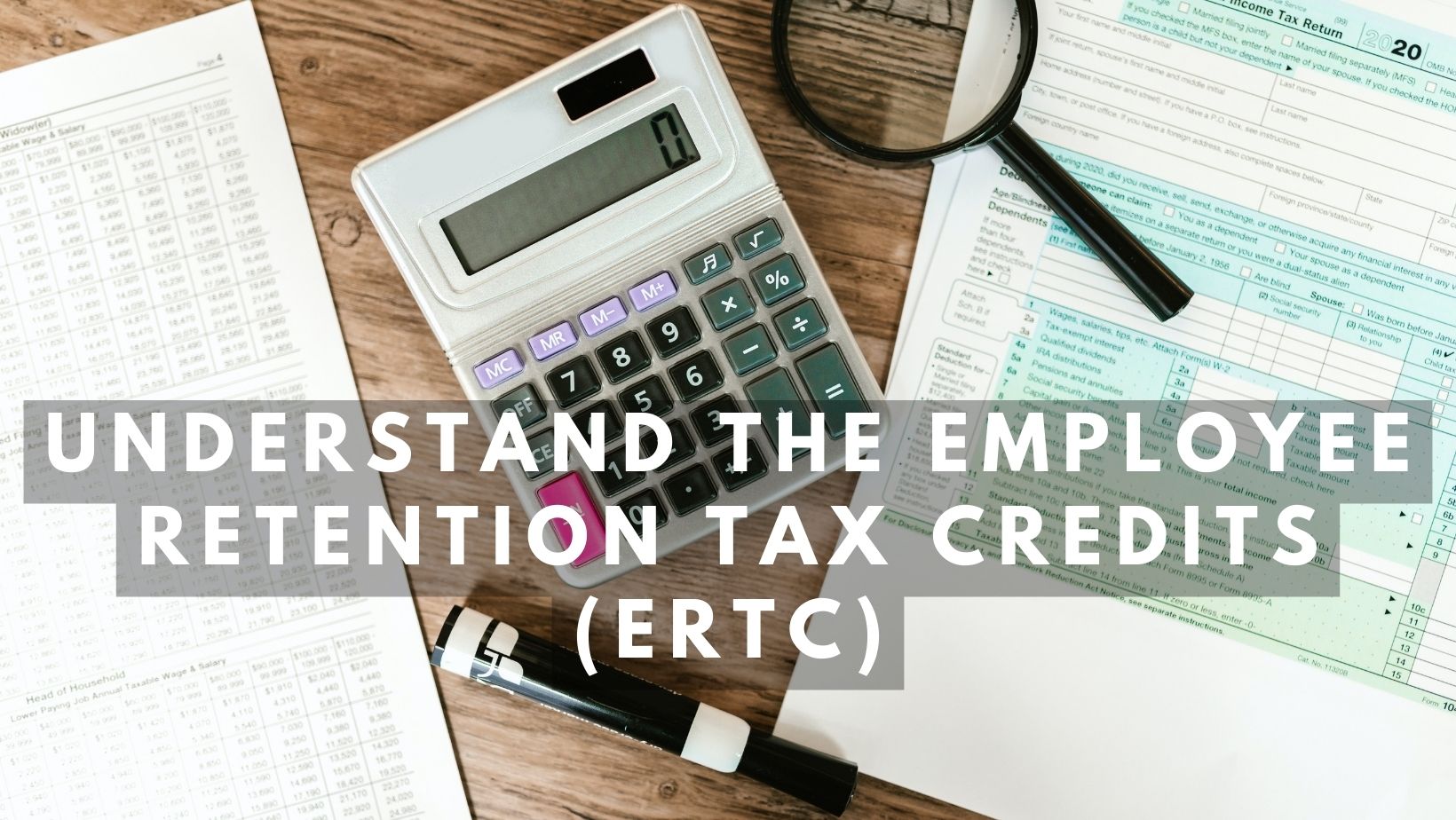
Employee Retention Tax Credits (ERTC) is a program designed to help businesses which retained their employees during the COVID-19 pandemic by providing a tax credit for wages paid to these employees. The program is available for the 2020 and 2021 calendar years.
Eligibility for the program:
-
In a calendar quarter in 2020 or 2021, businesses have experienced a decline in gross receipts of at least 50% or 20%, respectively, compared to the same quarter in 2019.
-
Employers that have suspended or significantly curtailed operations as a result of a government order related to COVID-19.
The credit equals 50%-70% of qualified wages paid to an employee, up to a maximum credit of $5,000-$7000 per employee for all quarters in 2020 and each quarter in 2021.
Qualified wages include wages paid to employees after March 12, 2020. Employers can claim the credit on their amended quarterly Form 941.
The ERTC program is a beneficial program for businesses influenced by the COVID-19 pandemic and is intended to help them for retaining their employees and continued operating during those challenging times.
How long does it take to get ERTC refund?
The length of time it takes to receive a refund for the Employee Retention Tax Credits (ERTC) will vary depending on several factors, including the completeness and accuracy of your claim, the number of claims being processed by the IRS, and any additional information or documentation that may be required.
Typically, it can take several weeks or even months for the IRS to process and approve a claim for the ERTC. Employers should keep in mind that during the tax season, the IRS may experience high volume of claims and it may take longer to process the claims.
It’s important to keep in touch with the IRS by checking the status of your claim on the IRS website, or by contacting them directly.
It’s also important to keep in mind that the ERTC is a refundable credit, which means that if the credit amount exceeds the employer’s federal employment tax liability, the excess will be refunded to the employer.
A wide range of employers qualify for the ERC, including businesses in the following industries:
-
Healthcare and Life Sciences
-
Education
-
Not-For-Profit
-
Hospitality and Retail
-
Industrial
-
Professional Services
-
Technology
-
Real Estate and Construction
Are the benefits of the ERTC the same for large and small employers?
The benefits of the ERC are generally the same for large and small employers as long as they meet the eligibility requirements. However, there are some differences in how the credit is calculated depending on the size of the employer.
For small employers (i.e., those with an average of 100 or fewer employees in 2019), the credit is equal to 50% of qualified wages (up to $10,000 per employee) paid from March 13, 2020, to December 31, 2020.
For large employers (i.e., those with an average of more than 100 500 employees in 2019), the credit is equal to 70% of qualified wages (up to $10,000 per employee) paid from January 1, 2021, to June 30, 2021.
It’s also important to note that for large employers, the credit is limited to wages paid to employees who were not providing services because operations were fully or partially suspended or due to the decline in gross receipts.
You should consult with a tax professional to determine whether you qualify for the ERC and how to calculate the credit.


